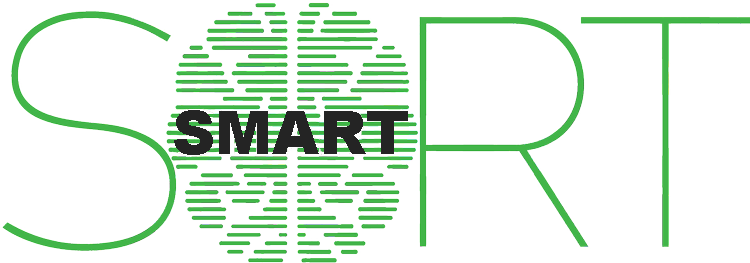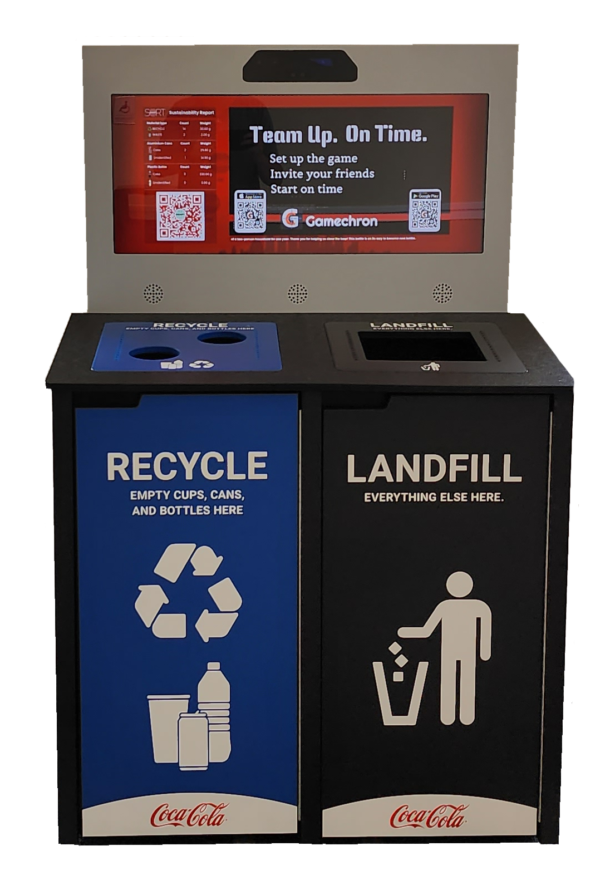Recycling in schools is an important part of keeping our environment clean and healthy. It is also an excellent way to teach students about the importance of protecting our planet and the resources it provides us. The ABCs of school recycling are an easy way to help students understand the basics and start implementing recycling programs in their schools.
The ABCs of school recycling start with A – Awareness. It’s important to educate students on the importance of recycling and the environmental benefits it can have. This can be done through classroom lessons or activities, posters, and other educational materials.
B stands for Binning. Schools should provide bins for recycling, and students should be taught to separate their waste into recyclable and non-recyclable materials. This helps to ensure that items are properly recycled.
C is for Collection. Schools should have a designated area for collected recyclables to be stored and picked up for processing. Collection areas should be clearly labeled and easily accessible.
D – Disposal. Schools should arrange for their collected recyclables to be taken to a processing center. Many schools partner with local recycling centers or companies that can safely dispose of the materials.
E is for Education. It’s important to continually inform students about the importance of recycling and encourage them to participate in school recycling initiatives. Schools can also use recycling as a teaching tool, helping students to learn about the environment and the importance of conserving resources.
By following these ABCs of school recycling, schools can make a big difference in their environmental impact. Recycling is an important part of protecting the planet, and schools can play a key role in promoting sustainability.




